13 Things About the 80s That Made Life Feel Less Complicated
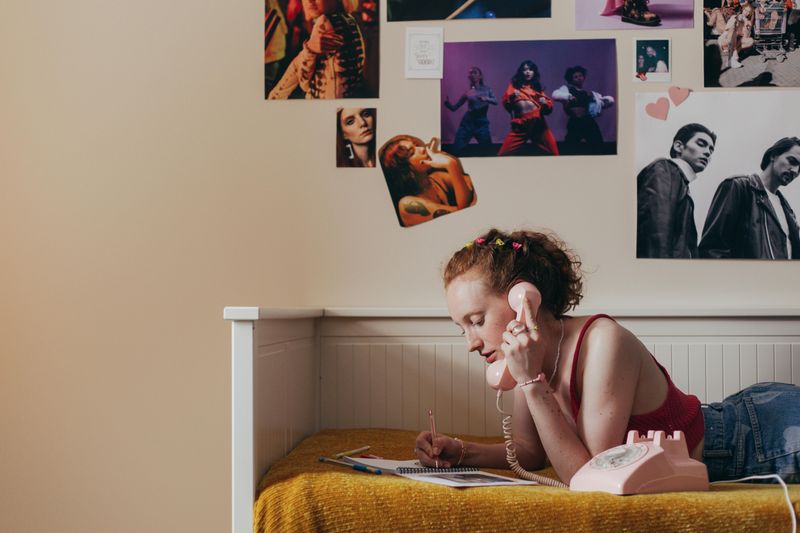
The 1980s represented a unique era when technology was advancing but hadn’t yet taken over our daily lives. Kids played outside until streetlights came on, and families gathered around a single TV to watch their favorite shows together. Before smartphones and social media, people connected face-to-face and experienced life’s moments without the pressure to document everything online.
1. No Social Media Pressure

Life existed completely offline in the 80s. No notifications, no followers count, and definitely no comparing your life to carefully curated highlight reels of others. Teenagers worried about real-life popularity instead of Instagram likes.
Photographs were taken sparingly on film cameras with just 24 or 36 exposures per roll. Every picture counted, and you had to wait days to see if they turned out well.
Without the constant digital documentation, people focused on experiencing moments rather than capturing them perfectly.
2. Saturday Morning Cartoons

The rhythm of 80s childhood revolved around Saturday mornings. Claiming the prime spot on the living room floor and loading up on sugary cereal meant settling in for a blissful cartoon marathon without interruptions.
Network television channels dedicated their Saturday morning programming exclusively to kids’ content. Shows like Transformers, G.I. Joe, and The Smurfs created shared cultural experiences that children would discuss at school on Monday.
The limited viewing window made these cartoon blocks special occasions rather than the on-demand content available today.
3. Music on Physical Media
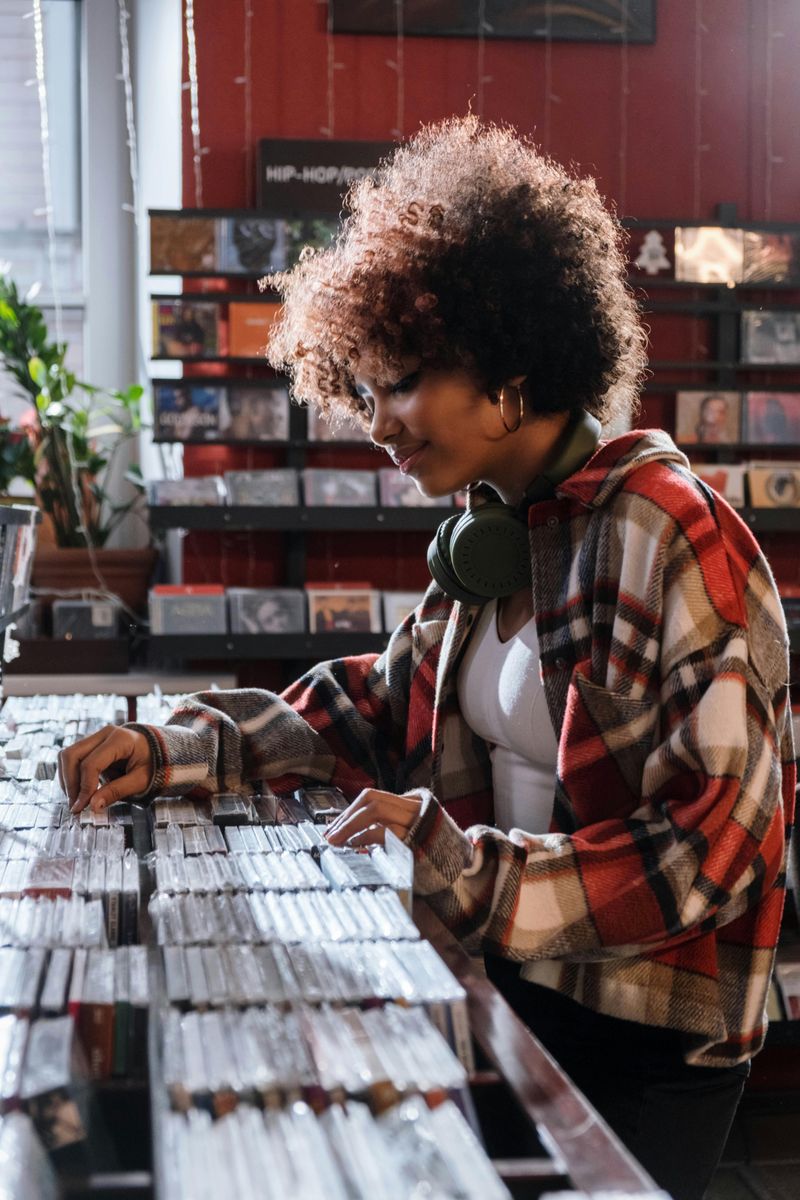
The tactile experience of music defined the 80s. Cassette tapes and vinyl records required intentional listening – no easy skipping or shuffling through thousands of songs with a finger swipe.
Creating the perfect mixtape was an art form and labor of love. Hours were spent recording songs from the radio, carefully timing the pause button to avoid DJ chatter. Album artwork became meaningful visual companions to the music experience, with large-format vinyl covers displayed proudly in bedrooms.
Music stores were community gathering spots where fans discovered new artists through recommendations from knowledgeable clerks rather than algorithms.
4. Video Rental Stores
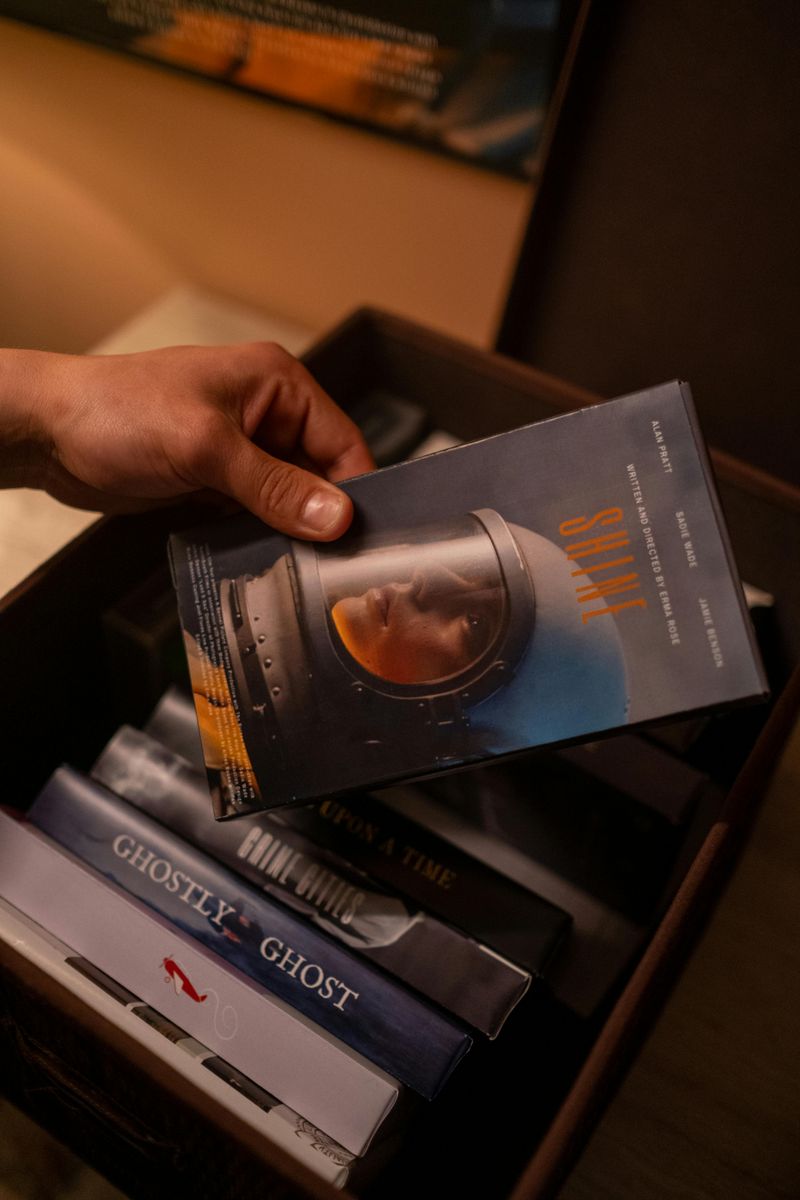
Friday nights often meant a family trip to the local video store. Walking through aisles of VHS tapes in plastic cases, you’d hunt for new releases before they were all checked out. The pressure to choose the perfect movie created genuine excitement.
Rental stores fostered community connections as neighbors bumped into each other while browsing. Clerks became trusted advisors, recommending hidden gems based on your taste.
The ritual of returning tapes (rewound, hopefully) added responsibility to the entertainment experience. Late fees taught time management, while the limited selection meant people often discovered films they wouldn’t otherwise choose from today’s endless streaming options.
5. Mall Culture
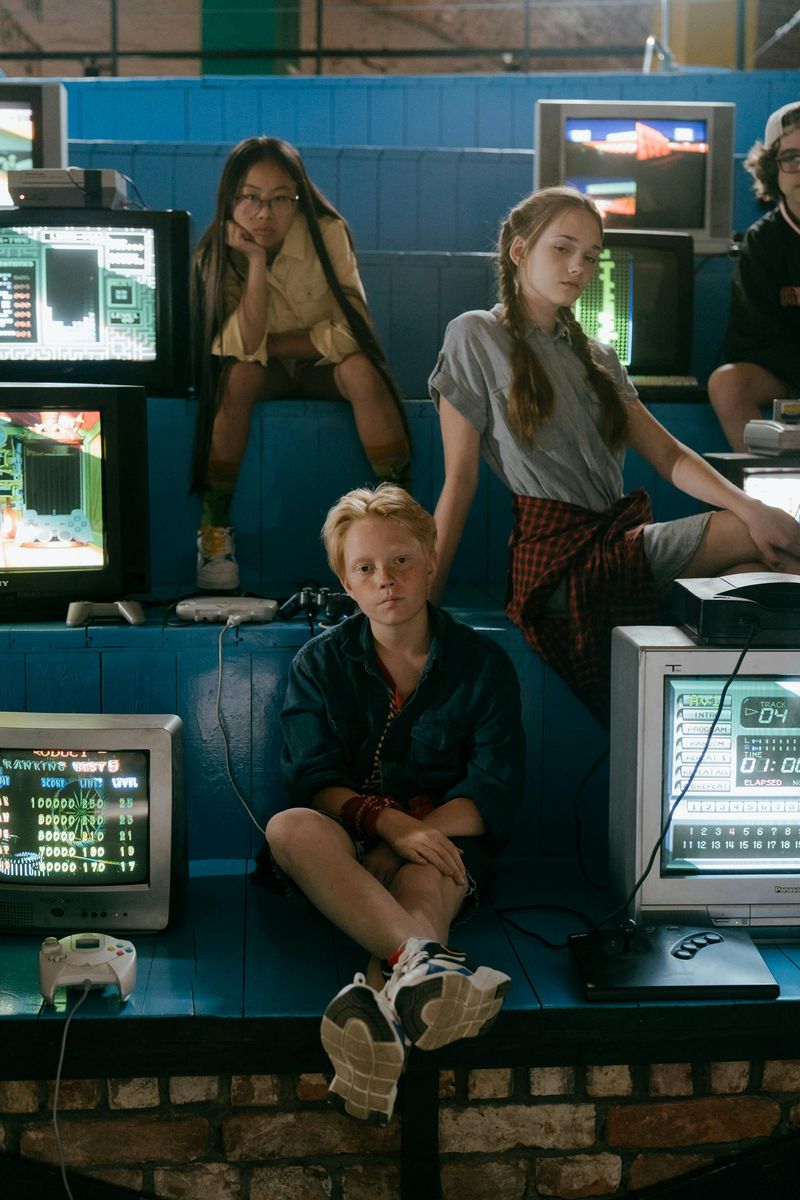
Teenage life in the 80s revolved around shopping malls, which ruled as the go-to social hubs. Inside these climate-controlled arenas, young people mingled freely, enjoying independence from parental oversight.
Food courts served as democratic meeting grounds where different social groups gathered over cheap pizza and Orange Julius drinks. Arcades tucked between retail spaces hummed with electronic beeps as kids crowded around the latest games.
Window shopping provided entertainment even for those with limited spending money. The mall experience combined consumption, socialization, and independence in a way that today’s online shopping can’t replicate – creating shared physical spaces where community happened naturally.
6. Three TV Channels
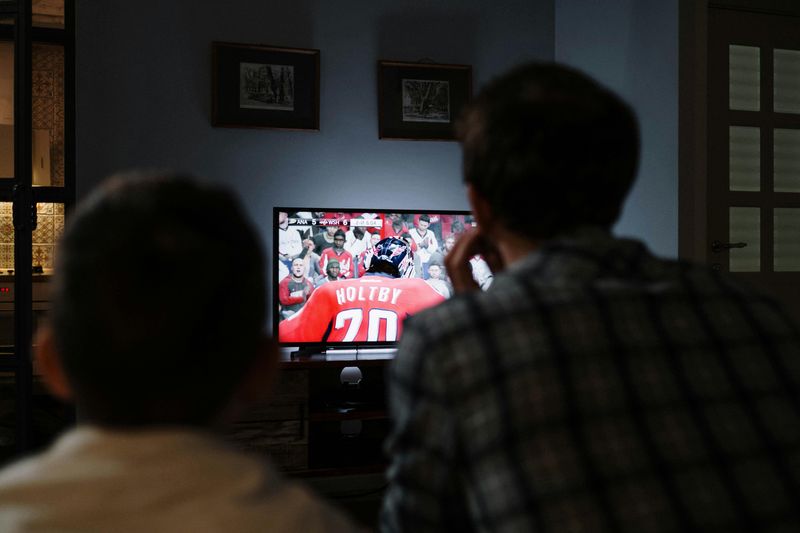
Television viewing in the 80s meant choosing from just a handful of channels – typically NBC, CBS, ABC, and maybe PBS if the antenna was positioned just right. This limited selection created shared cultural moments when everyone watched the same shows simultaneously.
TV Guide magazine became essential reading, helping families plan their viewing schedule for the week. Missing a favorite show meant waiting months for summer reruns – no streaming or recording options existed for most households.
The scarcity of programming made television events like season finales into genuine cultural phenomena. Without endless content options, people bonded over discussions about last night’s episode of Dallas or The Cosby Show.
7. Arcade Gaming

Across America, video arcades lit up shopping malls and standalone spots with neon promise. Filled with noisy, dim cabinets, these spaces demanded quarters and real skill instead of downloads and in-app purchases.
Social status came from earning high scores on popular games like Pac-Man, Galaga, or Donkey Kong. Crowds would gather to watch particularly skilled players, creating spontaneous communities around shared entertainment.
The physical nature of arcade gaming – standing at cabinets, manipulating joysticks and buttons – created a tactile experience missing from today’s touchscreen world. Limited gaming opportunities made each arcade visit a special event rather than an always-available distraction.
8. Simpler School Supplies

Back-to-school shopping meant purchasing the basics: notebooks, number two pencils, and perhaps a Trapper Keeper to hold it all together. The biggest decision might be choosing between Lisa Frank or Transformers designs rather than comparing technical specifications.
Calculators represented the height of classroom technology – no laptops, tablets, or educational apps required. Research meant visiting the library and using the card catalog rather than Google searches.
The physical nature of 80s education created natural boundaries between school and home life. When homework was completed in notebooks rather than online portals, students could truly disconnect from academic pressures at the end of the day.
9. Outdoor Neighborhood Play

Children disappeared into neighborhood adventures from morning until dinner call. Bikes, skateboards, and imagination were the only requirements for hours of unsupervised entertainment.
Parents operated on a simple tracking system: “Be home when the streetlights come on.” This freedom allowed kids to develop problem-solving skills and social dynamics without adult micromanagement. Games like kick-the-can, ghost in the graveyard, and capture the flag required no equipment beyond what could be found in garages or backyards.
Neighborhood boundaries expanded as children grew older, creating an increasing sense of independence. This organic exploration of physical space helped develop confidence and spatial awareness that scheduled activities can’t replicate.
10. Handwritten Notes and Letters

Communication required effort in the 80s. Passing notes in class meant folding paper into elaborate triangular footballs that navigated desk-to-desk without teacher detection. Each message carried weight because of the effort involved in its creation and delivery.
Friendships survived summer separations through actual letter-writing campaigns. The excitement of receiving mail addressed specifically to you created anticipation missing from today’s instant messaging.
Handwriting revealed personality in ways emoji can’t capture. The physical artifacts of these communications – notes saved in shoeboxes, letters tied with ribbon – created tangible memory collections that digital messages rarely achieve, giving communications lasting significance beyond the moment.
11. Physical Photo Albums

Family memories lived in physical photo albums with sticky pages and protective plastic sheets. Each photograph represented a significant moment worth capturing on expensive film and developing at the local photo shop.
Flipping through these albums became a ritual activity during family gatherings. Older relatives would share stories behind the images, connecting younger generations to family history through these curated collections.
The limited number of photographs meant each one carried greater significance. Without the ability to take unlimited digital shots, photographers carefully composed images of truly meaningful moments rather than documenting every meal or outfit change. This selectivity created more meaningful visual histories.
12. Manual Car Features
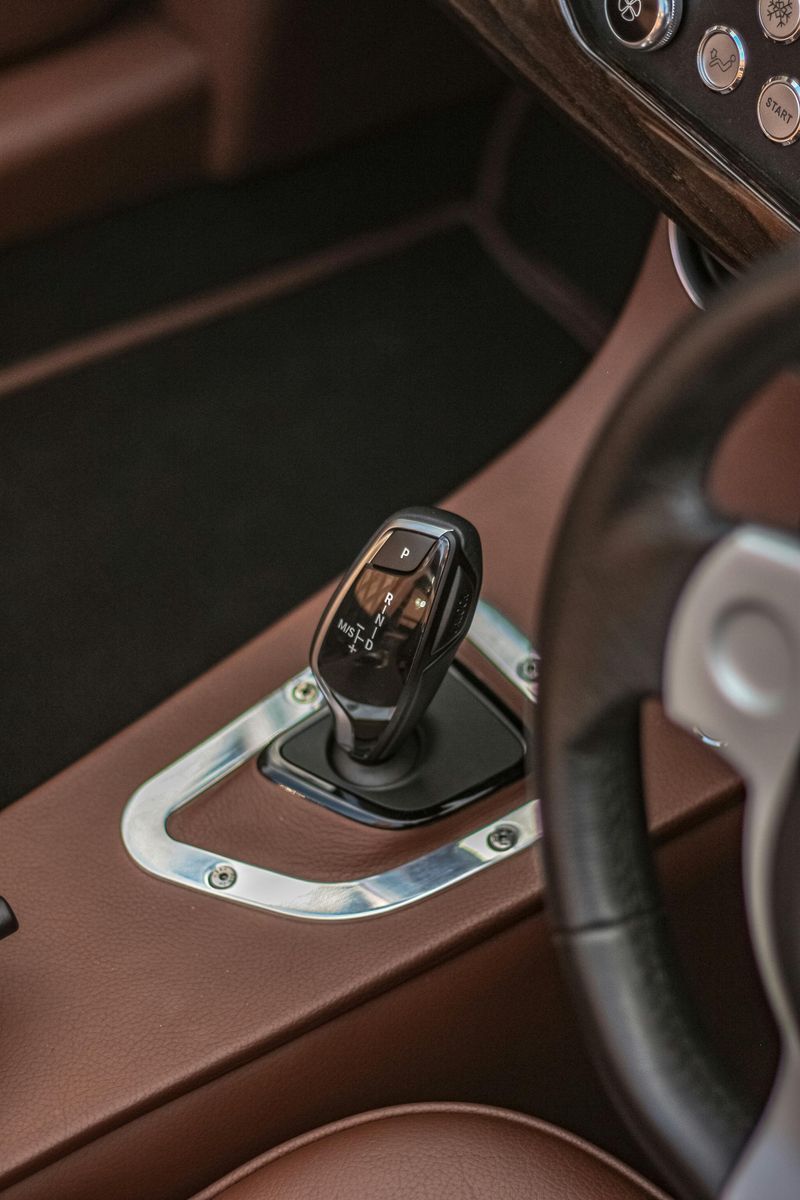
Vehicles from the 80s called for physical effort behind the wheel. Lowering the window meant twisting a crank, and shifting seat positions required pulling levers and shifting your weight, far from today’s electronic ease.
Navigation depended on folded paper maps and written directions instead of GPS voices commanding turns. Getting lost was a genuine possibility, requiring problem-solving skills or stopping to ask locals for directions.
Car radios featured mechanical buttons and dials that provided tactile feedback. Finding your favorite station meant slowly turning the tuning knob and listening through static until the signal cleared. These analog interactions created a more engaged driving experience requiring presence and attention.
13. Print Media Dominance

Information arrived on doorsteps and newsstands rather than notification screens. Morning routines included physical newspapers with ink that sometimes rubbed off on fingers, creating a tangible connection to current events.
Magazine subscriptions brought specialized content to mailboxes monthly, making each arrival an anticipated event. Teen bedrooms displayed posters torn from magazines like Tiger Beat or Seventeen, creating physical shrines to current interests and obsessions.
Comic books offered serialized storytelling that required visiting the local shop for new issues. This rhythm of information delivery created natural pauses for processing content rather than today’s constant stream of updates, allowing deeper engagement with fewer sources.

Comments
Loading…